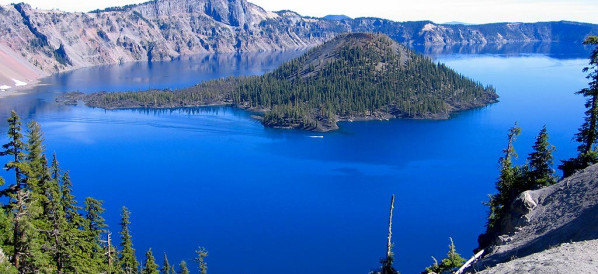 29 Terms
29 TermsHome > Terms > Macedonian (MK) > раст
раст
What economic activity is all about, but how can it be made to happen? Economists have plenty of theories, but none of them has all the answers. Adam Smith attributed growth to the invisible hand, a view shared by most followers of classical economics. Neo-classical economics had a different theory of growth, devised by Robert Solow during the 1950s. This argued that a sustained increase in investment increases an economy's growth rate only temporarily: the ratio of capital to labor goes up, the marginal product of capital declines and the economy moves back to a long-term growth path. Output will then increase at the same rate as the growth in the workforce (quality-adjusted, in later versions) plus a factor to reflect improvements in productivity. This theory predicts specific relationships among some basic economic statistics. Yet some of these predictions fail to fit the facts. For example, income disparities between countries are greater than the differences in their savings rates would suggest. Moreover, although the model says that economic growth ultimately depends on the rate of technological change, it fails to explain exactly what determines this rate. Technological change is treated as exogenous. Some economists argued that doing this ignored the main engine of growth. They developed a new growth theory, in which improvements in productivity were endogenous, meaning that they were the result of things taking place within the economic model being used and not merely assumed to happen, as in the neo-classical models. Endogenous growth was due, in particular, to technological innovation and investments in human capital. In looking for explanations for differences in rates of growth, including between rich and developing countries, the new growth theory concentrates on what the incentives are in an economy to create additional human capital and to invent new products. Factors determining these incentives include government policies. Countries with broadly free-market policies, in particular free trade and the maintenance of secure property rights, typically have higher growth rates. Open economies have grown much faster on average than closed economies. Higher public spending relative to GDP is generally associated with slower growth. Also bad for growth are high inflation and political instability. As countries grew richer during the 20th century annual growth rates declined, as a result of diminishing returns to capital. By 1990, most developed countries reckoned to have long-term trend growth rates of 2-2. 5% a year. However, during the 1990s, growth rates started to rise, especially in the United States. Some economists said this was the result of the birth of a new economy based on a revolution in productivity, largely because of rapid technological innovation but also (perhaps directly stemming from the spread of new technology) to increases in the value of human capital.
- Part of Speech: noun
- Synonym(s):
- Blossary:
- Industry/Domain: Economy
- Category: Economics
- Company: The Economist
- Product:
- Acronym-Abbreviation:
Other Languages:
Member comments
Terms in the News
Featured Terms
езеро
A body of relatively still fresh or salt water of considerable size, localized in a basin that is surrounded by land. Lakes are inland and not part of ...
Contributor
Featured blossaries
rufaro9102
0
Terms
41
Blossaries
4
Followers
International Accounting Standards
 29 Terms
29 Terms
Browers Terms By Category
- Cooking(3691)
- Fish, poultry, & meat(288)
- Spices(36)
Culinary arts(4015) Terms
- Social media(480)
- Internet(195)
- Search engines(29)
- Online games(22)
- Ecommerce(21)
- SEO(8)
Online services(770) Terms
- Organic chemistry(2762)
- Toxicology(1415)
- General chemistry(1367)
- Inorganic chemistry(1014)
- Atmospheric chemistry(558)
- Analytical chemistry(530)
Chemistry(8305) Terms
- Biochemistry(4818)
- Genetic engineering(2618)
- Biomedical(4)
- Green biotechnology(4)
- Blue biotechnology(1)
Biotechnology(7445) Terms
- Body language(129)
- Corporate communications(66)
- Oral communication(29)
- Technical writing(13)
- Postal communication(8)
- Written communication(6)




